Northern Spain : dream beaches , scents of the past but also food, museums, tradition. Here is a recommended itinerary to discover this wonderful part of the world. Obviously, to be able to make the rounds of Northern Spain without stress it is advisable to face it in a camper or motorcycle, but also by car or by the means we prefer for an unforgettable experience. From Galicia to the Basque Country the scenarios and traditions change, only the desire to explore remains the same.
Here’s what to see in Northern Spain
If we don’t know where to start, here is a tour of northern Spain , with the main things to see. We can start from a tour of the Galicia region , to admire Vigo, Santiago de Compostela and La Coruña; the journey can then continue in Asturias, where the inevitable stops are Oviedo, Lastres, and Ribadesella. At this point we recommend continuing the itinerary in Cantabria , to see Pico de Europa, Lièbana and Santander, to conclude in the Basque Country with Bilbao, San Juan de Gaztelugatxe and San Sebastian.
First stop: Galicia
During the itinerary in Galicia , you will not fail to fall in love at every corner: here you can find cities rich in art and history, beaches and islands, natural parks. The first city to visit is certainly Vigo , the pearl of Galicia with its soul so tied to the sea, like its cuisine. This is why we can eat the freshest fish in Europe in the hives. From here you can easily reach the Cies Islands , defined by the Romans as the islands of the Gods. From Vigo you can also visit the Rias Baixa, coves with beaches among the most beautiful in Northern Spain.
Continue on to Santiago de Compostela . The fame of this place is due to the very frequent path that takes its name , but it deserves a visit even without having covered the entire pilgrimage: the city is in fact considered a World Heritage Site by UNESCO and has been proclaimed European Capital of Culture.
We can continue the tour of Northern Spain – with the camper van or motorbike – heading towards La Coruña. The city is in perfect balance between ancient and modern, greets the visitor with an unforgettable sunset from the Tower of Hercules. Da Coruña you can stretch to Finisterre, to admire the suggestive Coast of Death.

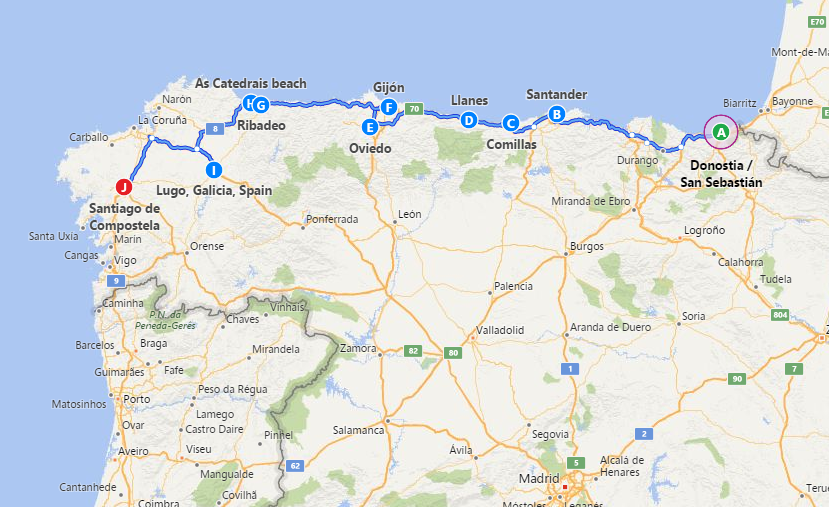
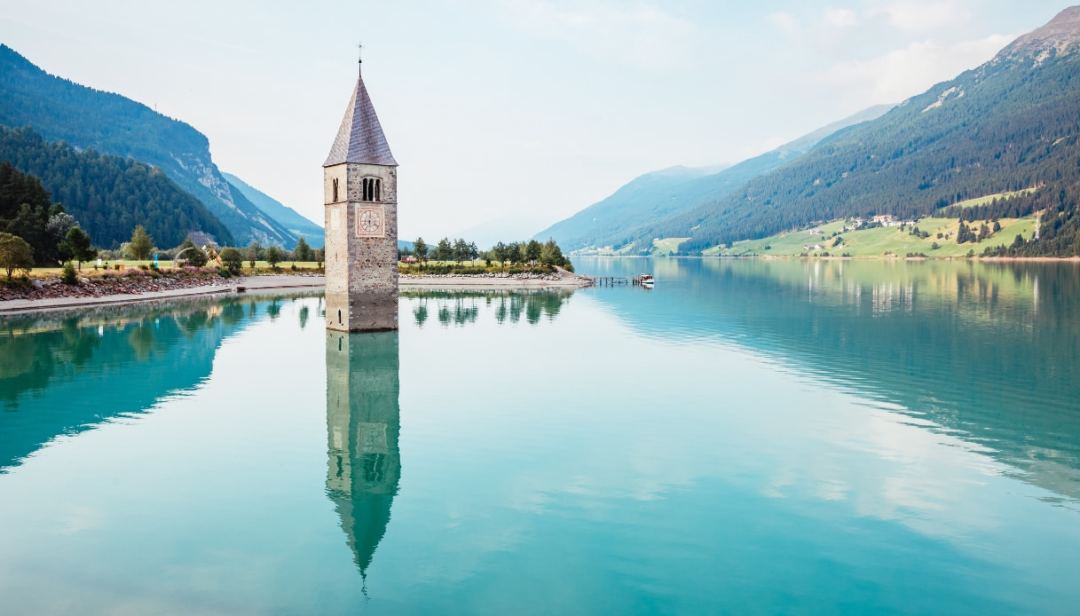
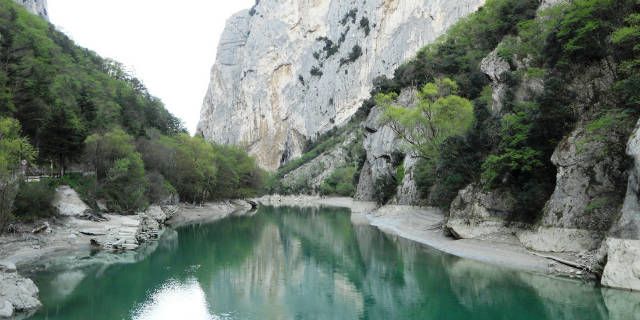
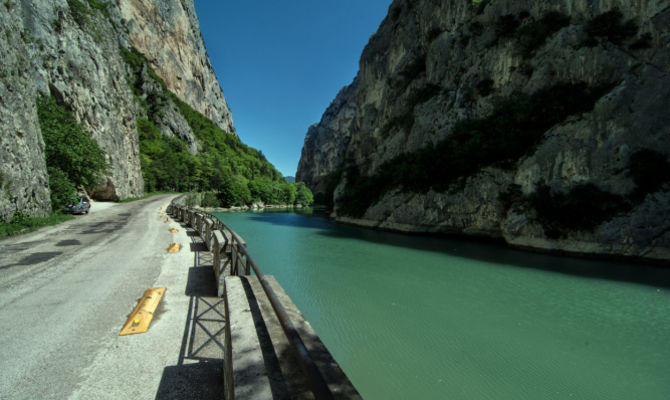

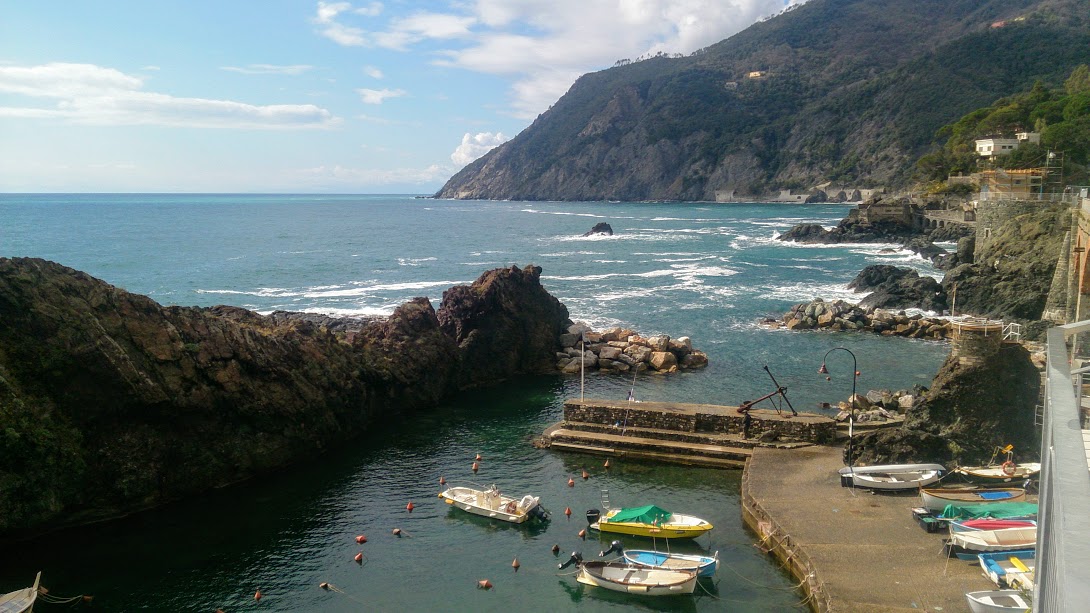
 “Have you ever fallen asleep at work? Do you like the idea of being on holiday? Do you like money? Read on”: this is how the announcement for the “easiest job in the world” written by Tui , a German company specialized in travel industry, spread in 180 countries and with more than 20 million customers. The company is looking for a “professional slacker” : its task will be to go to the office and simply relax between the walls that recall beaches and exotic places.
“Have you ever fallen asleep at work? Do you like the idea of being on holiday? Do you like money? Read on”: this is how the announcement for the “easiest job in the world” written by Tui , a German company specialized in travel industry, spread in 180 countries and with more than 20 million customers. The company is looking for a “professional slacker” : its task will be to go to the office and simply relax between the walls that recall beaches and exotic places.
 Très français and multicultural together. Welcome to a colorful segment of Paris to discover: the 18th arrondissement: to understand it is what includes the legendary artistic district of Montmartre , but also the red-lighted area of Pigalle and the extravagant La Chapelle.
Très français and multicultural together. Welcome to a colorful segment of Paris to discover: the 18th arrondissement: to understand it is what includes the legendary artistic district of Montmartre , but also the red-lighted area of Pigalle and the extravagant La Chapelle. Usually, hardened travelers want to visit the most diverse places in the world. However, there are such special destinations that even the most adventurous want to return there several times.
Usually, hardened travelers want to visit the most diverse places in the world. However, there are such special destinations that even the most adventurous want to return there several times.
 The list of factors that make the already famous Milan is on great Milan, a city, the only one in Italy, increasingly competitive on par with the European and world capitals, is extended every month. The 2017 closes with a series of spectacular inaugurations that since November 30 have alternated for the official debut of the commercial district but not only, of the City Life pole, home of the former trade fair.
The list of factors that make the already famous Milan is on great Milan, a city, the only one in Italy, increasingly competitive on par with the European and world capitals, is extended every month. The 2017 closes with a series of spectacular inaugurations that since November 30 have alternated for the official debut of the commercial district but not only, of the City Life pole, home of the former trade fair.